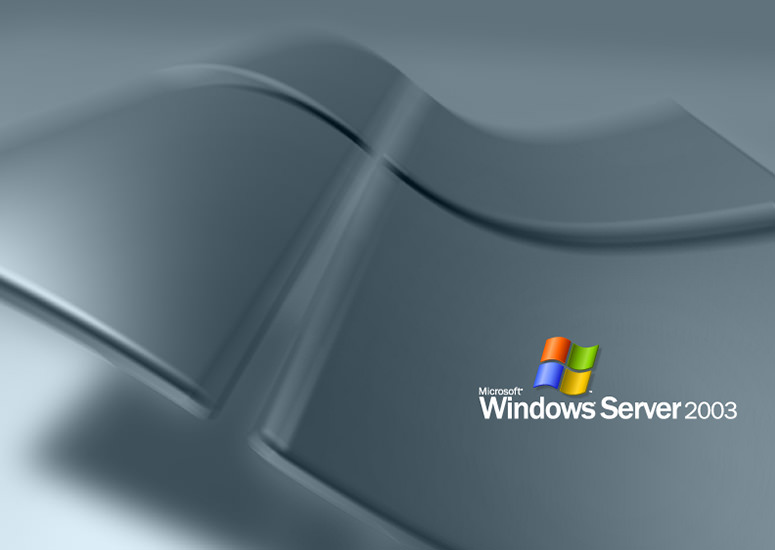used with permission from HTS
It’s hard to believe Windows Server 2003 was originally released almost 10 years ago and is now quickly approaching its end-of-life. Microsoft has announced the official date for end-of-life support as July 14, 2015. While many businesses are well aware of this fact and have started planning, there are still a large number that haven’t given it much thought yet.
Even if your Windows 2003 server is stable at this time, do you want to risk running your business applications on a server that will never again be supported after July 15, 2015? Also, concerning is that many of these servers are running applications and use device drivers originally developed for a 32-bit operating system. (64-bit is now the standard.)
Consider also that most software providers will ultimately force their customers to migrate to newer, fully-supported platforms. This will be so that they can continue to provide the support – and security – promised in their service level agreements, which will not be possible once the Windows 2003 server OS is officially unsupported.
Unfortunately, from our past experiences we have found that the a majority of businesses neglect to plan their server migration and upgrade with enough lead time, often resulting in a last minute, frantic, and stressful migration to ensure continuity of service, support, and security.
The problem with a last-minute migration approach is when the server/version upgrade results in problems, errors, or inconsistencies. Inconsistencies with security, stability, or functional issues with your applications could require costly immediate remediation and very often programmatic revisions.
Needless to say, waiting until the last minute to perform your Windows 2003 server migration is a risky proposition.
What are your options?
1. Stay Put.
In this scenario, you are saying you no longer require server support, are prepared for major vulnerabilities, and are perfectly fine to just “kick the can down the road.”
Assuming you actually rely on your Windows 2003 server applications, this option is only viable if you already are underway with replacing all your applications and servers with a new architecture from the ground up. In that case, the risk of unsupported servers/applications, security breach, functional errors, etc. is outweighed by the benefit of focusing all your resources on the effort to move to all-new applications, to replace all the services on your current Windows 2003 server.
2. Upgrade Your Server.
It may be possible to upgrade if your existing server hardware is adequate. However, in many cases this may result in some functionality errors with your applications that you’ll need to resolve in a “live” environment. Moreover, it’s likely the server itself is several years old (or more), so you’re solving one problem in a potentially short-sighted manner while leaving the legacy hardware issue for a later date, compounded by having to diagnose and resolve application failures (at an unknown magnitude of time and expense) in your live environment.
This option is extremely high risk, unless you are certain that you won’t encounter any significant application errors upon the server upgrade, and your business can withstand a possible services outage of 48 hours (or more), and economy/budget is more important to your business than longevity, security and support.
3. Migrate and Upgrade.
In most cases this is your best, most logical option. Start with your plan, and start now.
Best practice planning for your Windows 2003 server migration should include phases for project scope (technical and project management), resource allocation, capability (i.e. programmers and testers), and budget.
In summary, the rule of thumb for successful server migrations is to plan ahead, be thorough, and don’t wait until the last minute if it can be avoided. And, as always HTS is ready to provide advice, options and assistance with planning or performing your migration. Don’t wait contact us today; start planning now. eMazzanti Technologies can help!













